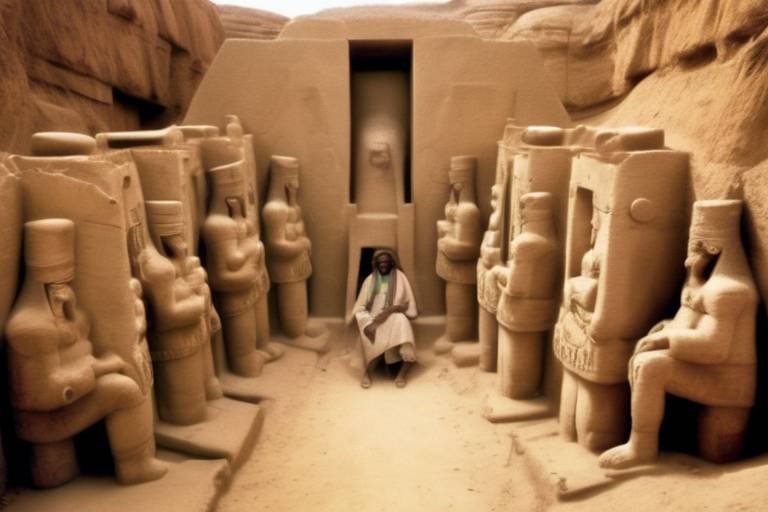The Enigma of the Lost City of Knossos
The ancient city of Knossos, nestled on the captivating island of Crete, holds within its enigmatic ruins a tapestry of history, mythology, and archaeological wonders waiting to be unraveled. This legendary Minoan city, shrouded in mystery and intrigue, has captured the imagination of scholars, adventurers, and enthusiasts alike for centuries.
As you delve into the labyrinthine depths of Knossos, you are transported back in time to a realm where myth and reality intertwine, where the echoes of ancient civilizations resonate through the corridors of time. The discovery and excavation of Knossos by the pioneering spirit of Sir Arthur Evans unveiled a world of sophistication and innovation, showcasing the brilliance of a Bronze Age civilization that thrived in the Aegean.
The Minoan civilization, with its vibrant artistry, advanced engineering, and intricate palace structures, emerges as a beacon of cultural and political significance in the ancient Mediterranean landscape. The maritime trade, religious practices, and unique architecture of the Minoans paint a vivid picture of a society flourishing in creativity and prosperity, with Knossos standing as a testament to their ingenuity.
Yet, amidst the grandeur of Knossos lies the shadow of the Minotaur, the mythical beast confined within the labyrinth, a tale woven into the fabric of ancient mythology. The legends of King Minos, Queen Pasiphae, Daedalus, and Icarus converge within the walls of Knossos, blurring the lines between reality and fantasy, challenging us to decipher the truth behind the myths.
However, as with any archaeological marvel, controversies and debates surround Knossos, questioning the authenticity of reconstructions, interpretations, and the role of this ancient city in Minoan society. The ongoing research and interdisciplinary approaches shed new light on the complexities of Knossos, inviting us to reevaluate our understanding of this enigmatic site.
Knossos, with its rich tapestry of history and mythology, continues to captivate modern audiences, drawing in visitors from around the globe to explore its timeless allure. As a UNESCO World Heritage Site, Knossos stands as a beacon of cultural heritage, inviting us to ponder the mysteries of the past and the enduring legacy of ancient civilizations.
Amidst the allure of Knossos, the challenges of conservation and preservation loom large, highlighting the delicate balance between tourism and safeguarding fragile archaeological remains. The use of digital technologies and sustainable practices play a crucial role in ensuring the preservation of this invaluable cultural heritage for future generations.
As we gaze towards the future, the enigma of Knossos beckons us to delve deeper into its mysteries, to seek answers to unanswered questions and unravel the puzzles that lie within its labyrinthine walls. The ongoing research and technological advancements promise new insights into the fate of the Minoans, the decipherment of Linear A, and the enduring fascination with this ancient marvel.
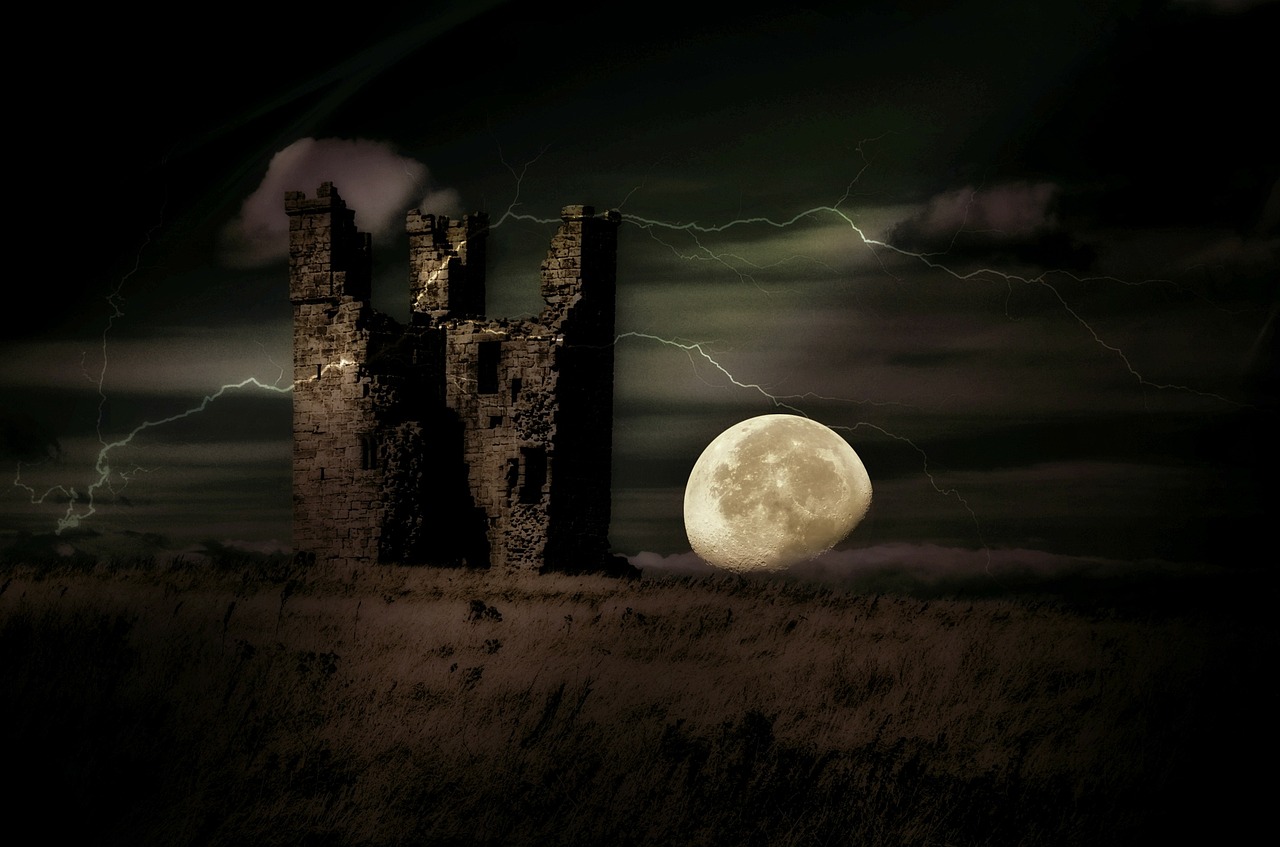
Discovery and Excavation
Located on the captivating island of Crete lies the ancient Minoan city of Knossos, a place shrouded in mystery and intrigue. This article delves into the rich history, fascinating archaeology, captivating mythology, and profound significance of Knossos, particularly focusing on its enigmatic labyrinth associated with the mythical Minotaur.
One of the pivotal moments in the exploration of Knossos was the groundbreaking work of Sir Arthur Evans. Through meticulous excavation efforts, Evans unearthed the remnants of a sophisticated Bronze Age civilization, showcasing intricate palace structures, advanced engineering techniques, vibrant frescoes depicting scenes of daily life, and a labyrinthine layout of interconnected rooms that puzzled archaeologists for decades.
As the layers of history were peeled back, the ruins of Knossos revealed a glimpse into a bygone era, offering insights into the flourishing Minoan society that once thrived in this ancient city. The excavation not only unearthed physical artifacts but also unraveled the complexities of a civilization that excelled in maritime trade, embraced unique religious practices, developed an intricate writing system known as Linear A, and left behind a legacy of remarkable architecture.
The excavation of Knossos not only shed light on the material culture of the Minoans but also highlighted the significance of this city as a cultural and political hub in the Aegean Bronze Age. The discoveries made by Evans and subsequent archaeologists have provided a window into a world that was both advanced and enigmatic, sparking a sense of wonder and curiosity among scholars and enthusiasts alike.
- What is the significance of the labyrinth at Knossos?
- How did Sir Arthur Evans contribute to the understanding of Knossos?
- What ongoing research is being conducted at Knossos?
The labyrinth at Knossos is intrinsically linked to the myth of the Minotaur, a creature trapped within its winding corridors. Its significance lies in the intersection of mythology and archaeology, offering a glimpse into the ancient narratives and beliefs of the Minoan civilization.
Sir Arthur Evans played a crucial role in the excavation and reconstruction of Knossos, bringing to light the complex structures and artifacts that have deepened our understanding of Minoan culture and history.
Modern scholars continue to explore the mysteries of Knossos, using advanced technologies and interdisciplinary approaches to unravel unanswered questions about this enigmatic city and its inhabitants.
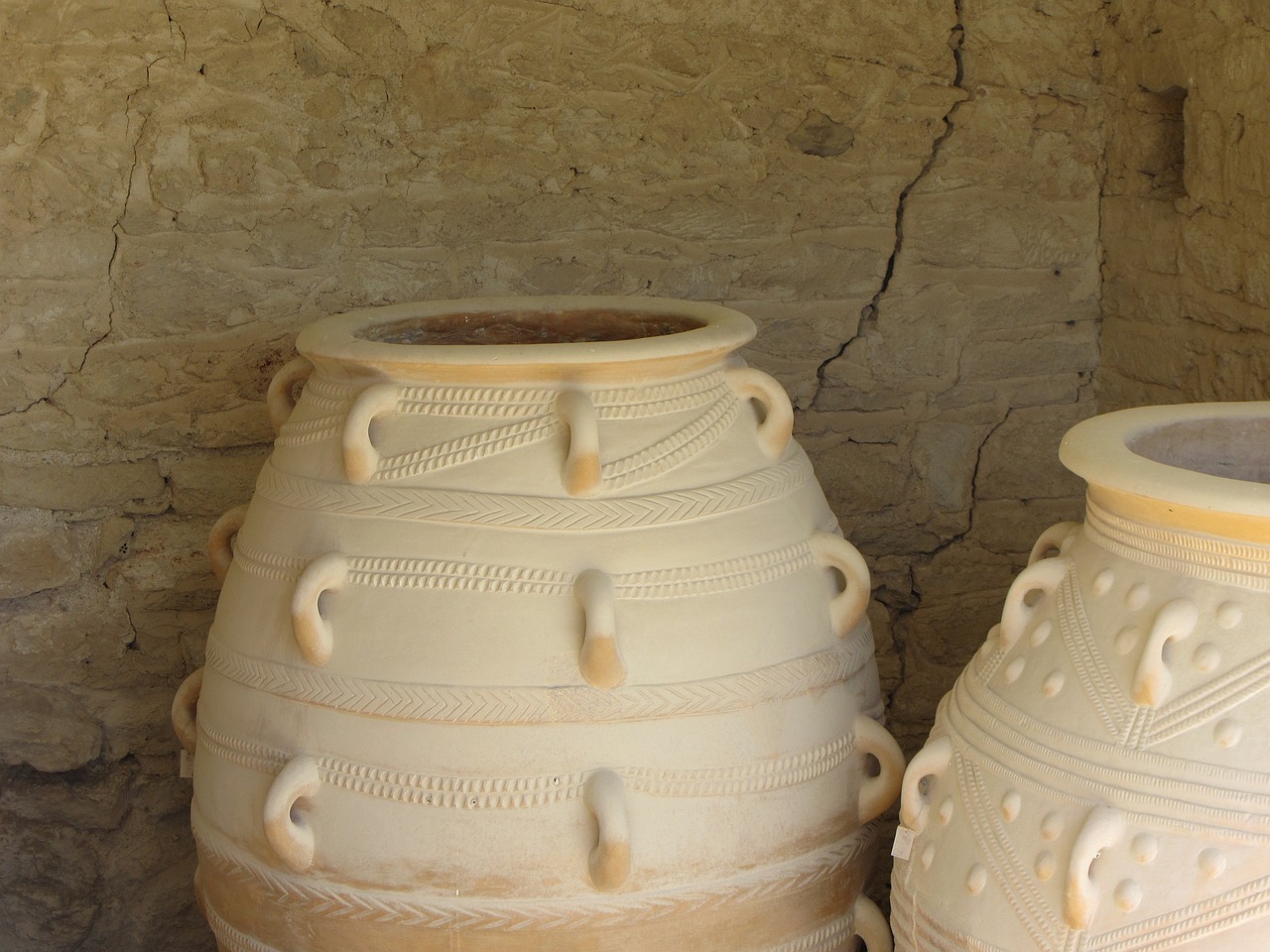
Minoan Civilization
The Minoan civilization, flourishing on the island of Crete during the Bronze Age, stands as a testament to the advanced and sophisticated society that thrived in the Aegean. Known for their seafaring prowess, the Minoans engaged in extensive maritime trade, connecting with various cultures across the Mediterranean. This interaction not only enriched their material wealth but also influenced their artistic expressions and architectural innovations.
At the heart of the Minoan civilization lies Knossos, the grand palace complex that served as the political and cultural hub of this ancient society. The intricate layout of the palace, with its labyrinthine structure, showcases the Minoans' architectural ingenuity and organizational skills. The vibrant frescoes adorning the walls depict scenes of daily life, religious rituals, and mythical narratives, providing invaluable insights into Minoan artistry and beliefs.
One of the most intriguing aspects of the Minoan civilization is their enigmatic writing system, known as Linear A. Despite numerous efforts by scholars, Linear A remains undeciphered, adding an air of mystery to the Minoans' linguistic legacy. This unique script, along with the intricate architectural designs and elaborate pottery styles, highlights the distinctiveness of Minoan culture within the ancient world.
Knossos, as the largest and most significant Minoan palace complex, played a pivotal role in shaping the identity and influence of the Minoan civilization. Its strategic location, advanced infrastructure, and rich artistic heritage underscore the cultural and economic prosperity that characterized Minoan society. The legacy of the Minoan civilization, epitomized by Knossos, continues to captivate archaeologists, historians, and enthusiasts alike, offering a glimpse into a bygone era of innovation and creativity.
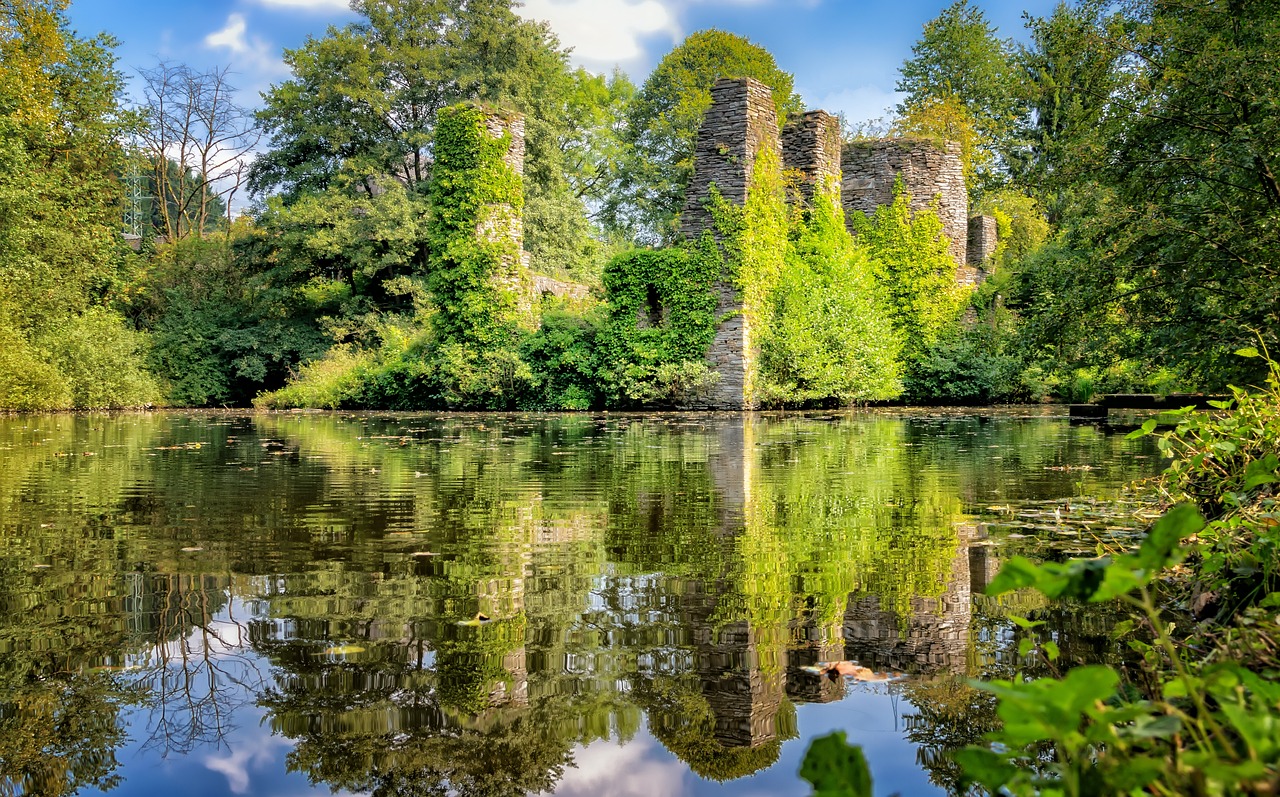
Mythology and the Minotaur
Delve into the captivating world of at the heart of the ancient city of Knossos on the mesmerizing island of Crete. This legendary tale intertwines the lives of King Minos, Queen Pasiphae, the ingenious craftsman Daedalus, and the ill-fated Icarus with the menacing presence of the monstrous Minotaur lurking within the intricate labyrinth of Knossos.
The myth of the Minotaur, a creature with the body of a man and the head of a bull, encapsulates a narrative of power, betrayal, and sacrifice. Queen Pasiphae's forbidden love for a bull, the birth of the Minotaur, and the subsequent demand for human sacrifices to appease the beast paint a vivid picture of ancient beliefs and customs intertwined with divine retribution and human folly.
As the skilled artisan Daedalus constructs the labyrinth to contain the Minotaur, the intersection of myth and reality blurs within the archaeological context of Knossos. The labyrinthine structure, whether metaphorical or physical, symbolizes the complexity of human nature, the depths of the unconscious mind, and the eternal struggle between civilization and primal instincts.
Explorations of Knossos have revealed glimpses of a society where myth and history converge, where the echoes of ancient rituals and beliefs resonate through the corridors of time. The enigmatic presence of the Minotaur within the labyrinth serves as a reminder of the enigmas that shroud the past, inviting us to unravel the mysteries of antiquity with a blend of curiosity and reverence.
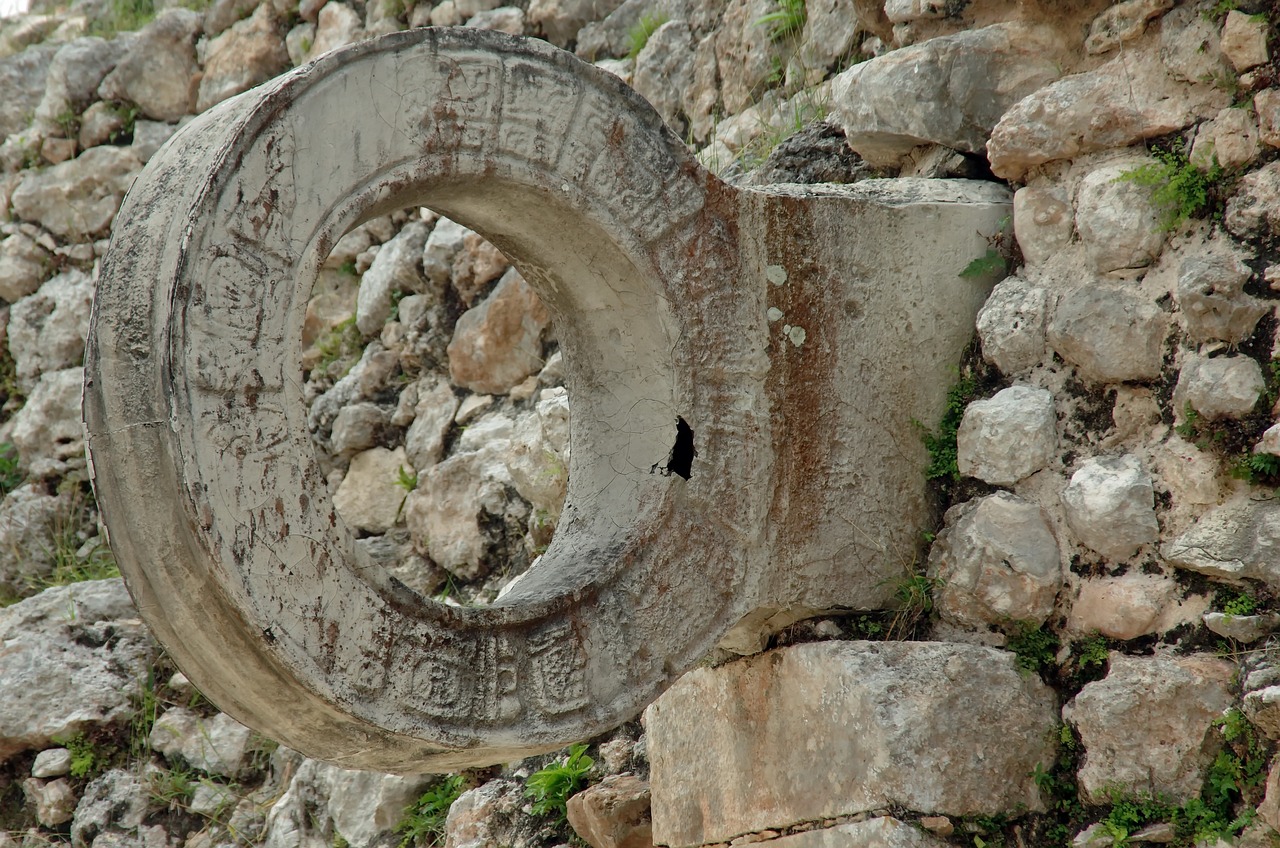
Archaeological Controversies
When delving into the realm of the ancient Minoan civilization and the enigmatic city of Knossos, one cannot escape the veil of controversy that shrouds its archaeological legacy. The excavations led by Sir Arthur Evans have sparked debates and discussions within the academic community, raising questions about the authenticity of his reconstructions and interpretations.
One of the central controversies revolves around Evans' restoration efforts at Knossos. Critics argue that his reconstructions may have embellished or altered the original layout of the site, potentially distorting our understanding of Minoan architecture and society. The labyrinth, famously associated with the myth of the Minotaur, has been a focal point of contention, with scholars questioning its actual existence and purpose within the palace complex.
Moreover, the role of Knossos in Minoan society remains a subject of scholarly dispute. Some researchers challenge the traditional view of Knossos as a centralized political and cultural hub, suggesting alternative interpretations that emphasize the decentralized nature of Minoan governance and the interconnectedness of various settlements across Crete.
As ongoing research continues to shed new light on the complexities of the Minoan civilization, the controversies surrounding Knossos serve as a reminder of the ever-evolving nature of archaeological inquiry. Unraveling the mysteries of this ancient site requires a nuanced approach that considers multiple perspectives and embraces the uncertainties that come with exploring the distant past.

Significance in History
The significance of the ancient city of Knossos in history cannot be overstated. This archaeological marvel provides a window into the complexities of urban development, governance, economy, art, religion, and societal structures during the Bronze Age in the Mediterranean region. Knossos served as a cultural and political hub, showcasing the advanced civilization of the Minoans and their innovative achievements. The intricate palace structures, vibrant frescoes, and advanced engineering found at Knossos offer valuable insights into the sophistication of ancient societies and their enduring legacies.

Modern Influence and Tourism
Modern society continues to be captivated by the allure of the ancient Minoan city of Knossos, with its rich history and enigmatic legends. The influence of Knossos extends beyond the realm of archaeology, permeating popular culture, literature, and art. Countless novels, films, and artworks have drawn inspiration from the labyrinthine mysteries of Knossos, weaving tales of adventure and intrigue.
Furthermore, Knossos' status as a UNESCO World Heritage Site has solidified its place as a must-visit destination for tourists, scholars, and history enthusiasts alike. The site welcomes visitors from around the globe, offering a glimpse into the fascinating world of the Minoans and the labyrinth that has captured imaginations for centuries.
Visitors to Knossos can explore the intricate palace structures, vibrant frescoes, and winding corridors that evoke a sense of wonder and mystery. Guided tours provide insights into the daily life of the ancient Minoans, their religious practices, and the architectural ingenuity that defined their civilization.
For those seeking a deeper understanding of Knossos and its significance in history, the site offers a unique opportunity to delve into the complexities of Bronze Age Mediterranean culture. Scholars and researchers flock to Knossos, eager to uncover new discoveries and unravel the lingering enigmas that shroud this ancient city.
As tourism continues to flourish at Knossos, efforts to balance conservation with visitor experience have become increasingly crucial. Conservationists work tirelessly to preserve the fragile archaeological remains of Knossos, employing digital technologies and sustainable practices to safeguard this invaluable cultural heritage site for future generations.

Conservation and Preservation Efforts
Conservation and preservation efforts at the ancient site of Knossos are crucial in safeguarding its fragile archaeological remains for future generations. The delicate balance between promoting tourism and protecting the site's integrity presents a significant challenge. Utilizing digital technologies for documentation and restoration has become essential in preserving the intricate details of the ruins.
Efforts to ensure the long-term sustainability of Knossos involve implementing sustainable practices that minimize the impact of visitor activities on the site. Conservationists work tirelessly to prevent deterioration caused by environmental factors and human interaction, aiming to maintain the authenticity and historical significance of Knossos.
One of the key initiatives in preserving Knossos is the ongoing research into innovative conservation methods that can prolong the lifespan of the ancient structures. By combining traditional preservation techniques with modern scientific advancements, experts strive to protect the architectural marvels of the Minoan civilization.
The collaboration between archaeologists, conservationists, and local authorities plays a vital role in developing comprehensive strategies for the conservation of Knossos. Through joint efforts, initiatives are undertaken to raise awareness about the importance of preserving this invaluable cultural heritage site and ensuring its sustainability for future generations to explore and appreciate.

Future Research and Unanswered Questions
As we stand on the threshold of the future, the ancient riddles of Knossos continue to beckon researchers and explorers alike, prompting a quest for answers that transcends time. The enigmatic labyrinth, shrouded in myth and mystery, remains a focal point of intrigue and speculation, fueling ongoing research endeavors and sparking new avenues of inquiry.
One of the paramount unanswered questions that captivates the minds of scholars is the true nature of the labyrinth itself. Was it a physical construct, a symbolic representation, or a blend of both? The intricate layout of interconnected chambers and passageways raises enigmatic puzzles about its purpose, function, and significance within the context of Minoan society.
Moreover, the fate of the Minoan civilization continues to elude definitive explanation, leaving historians and archaeologists to ponder the enigmatic demise of this advanced Bronze Age culture. What cataclysmic events led to the downfall of Knossos and the Minoans? Unraveling the threads of history, piecing together fragments of evidence, and deciphering the enigmatic Linear A script hold the keys to unlocking these enduring mysteries.
Technological advancements in archaeology offer promising avenues for future research, enabling scholars to delve deeper into the secrets of Knossos with innovative tools and methodologies. From 3D scanning and virtual reconstructions to isotopic analysis and DNA studies, the arsenal of modern science holds the potential to unveil hidden truths and shed light on the enigmatic past of this ancient labyrinthine city.
Interdisciplinary collaborations between archaeologists, historians, scientists, and experts from diverse fields present a fertile ground for exploring the unanswered questions surrounding Knossos. By pooling expertise, sharing insights, and fostering dialogue, researchers can navigate the labyrinth of enigmas that pervade this archaeological marvel, paving the way for new discoveries and revelations.
Frequently Asked Questions
- What is the significance of the Lost City of Knossos?
The Lost City of Knossos holds immense historical and cultural significance as the center of the Minoan civilization, one of the most advanced societies of the Bronze Age. It provides valuable insights into ancient urban planning, art, religion, and governance, shaping our understanding of early European civilizations.
- Is the myth of the Minotaur connected to Knossos?
Yes, the myth of the Minotaur and the labyrinth is intricately linked to Knossos. According to legend, King Minos of Crete commissioned the construction of the labyrinth to contain the Minotaur, a creature with the body of a man and the head of a bull. This mythological tale has inspired countless interpretations and archaeological explorations.
- What are some ongoing debates surrounding Knossos?
There are ongoing debates regarding the reconstructions and interpretations of Knossos by Sir Arthur Evans, the authenticity of the labyrinth, and the role of Knossos in Minoan society. Scholars continue to challenge traditional views, leading to a deeper understanding of this ancient site.
- How can visitors contribute to the preservation of Knossos?
Visitors can contribute to the preservation of Knossos by following guidelines set by conservation authorities, respecting the archaeological site, and supporting sustainable tourism practices. By raising awareness about the importance of cultural heritage preservation, visitors play a crucial role in safeguarding Knossos for future generations.










